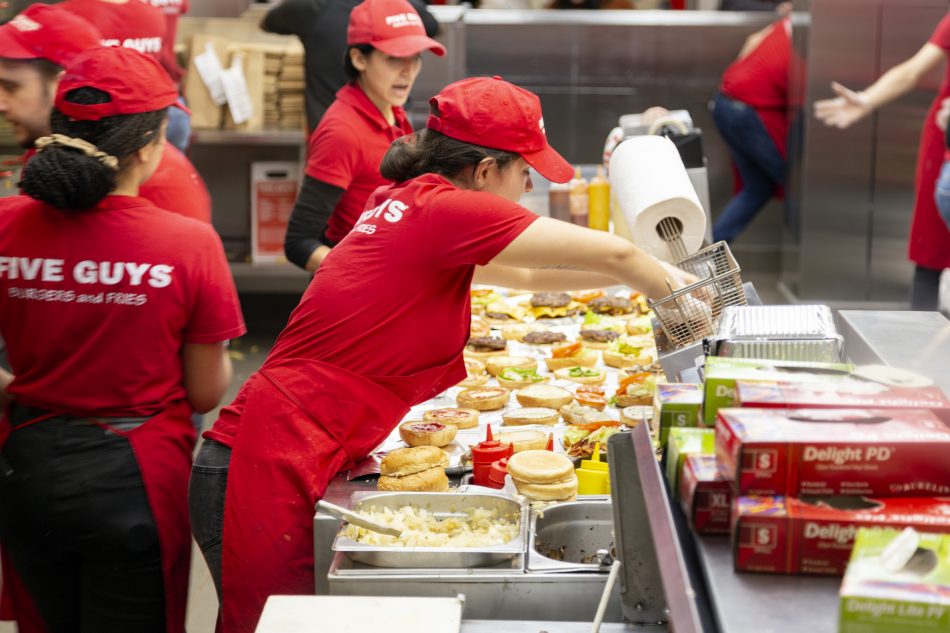What this report finds: Between 2019 and 2022, low-wage workers experienced historically fast real wage growth. The 10th percentile real hourly wage grew 9.0% over the three-year period. This tremendous real wage growth at the lower end of the wage distribution was exceptional, significantly faster than in any other business cycle peak since 1979. Nevertheless, low-wage workers, who are disproportionately women and Black and Hispanic, continue to suffer from grossly inadequate wages: The 10th...| Economic Policy Institute
Larry Mishel and Josh Bivens, Economic Policy Institute There is now widespread acceptance across the political spectrum that the typical worker’s wages have grown very slowly or been stagnant for several decades but a consensus narrative explaining wage stagnation has not developed yet. [togglable text="expand abstract"] The frequently invoked conventional explanations attributing wage problems primarily to automation and, somewhat, to globalization, cannot actually explain key wage develo...| Economic Policy Institute
In this report, we document the correlation between higher levels of unionization in states and a range of economic, personal, and democratic well-being measures. In the same way unions give workers a voice at work, with a direct impact on wages and working conditions, the data suggest that unions also give workers a voice in shaping their communities. Where workers have this power, states have more equitable economic structures, social structures, and democracies.| Economic Policy Institute



